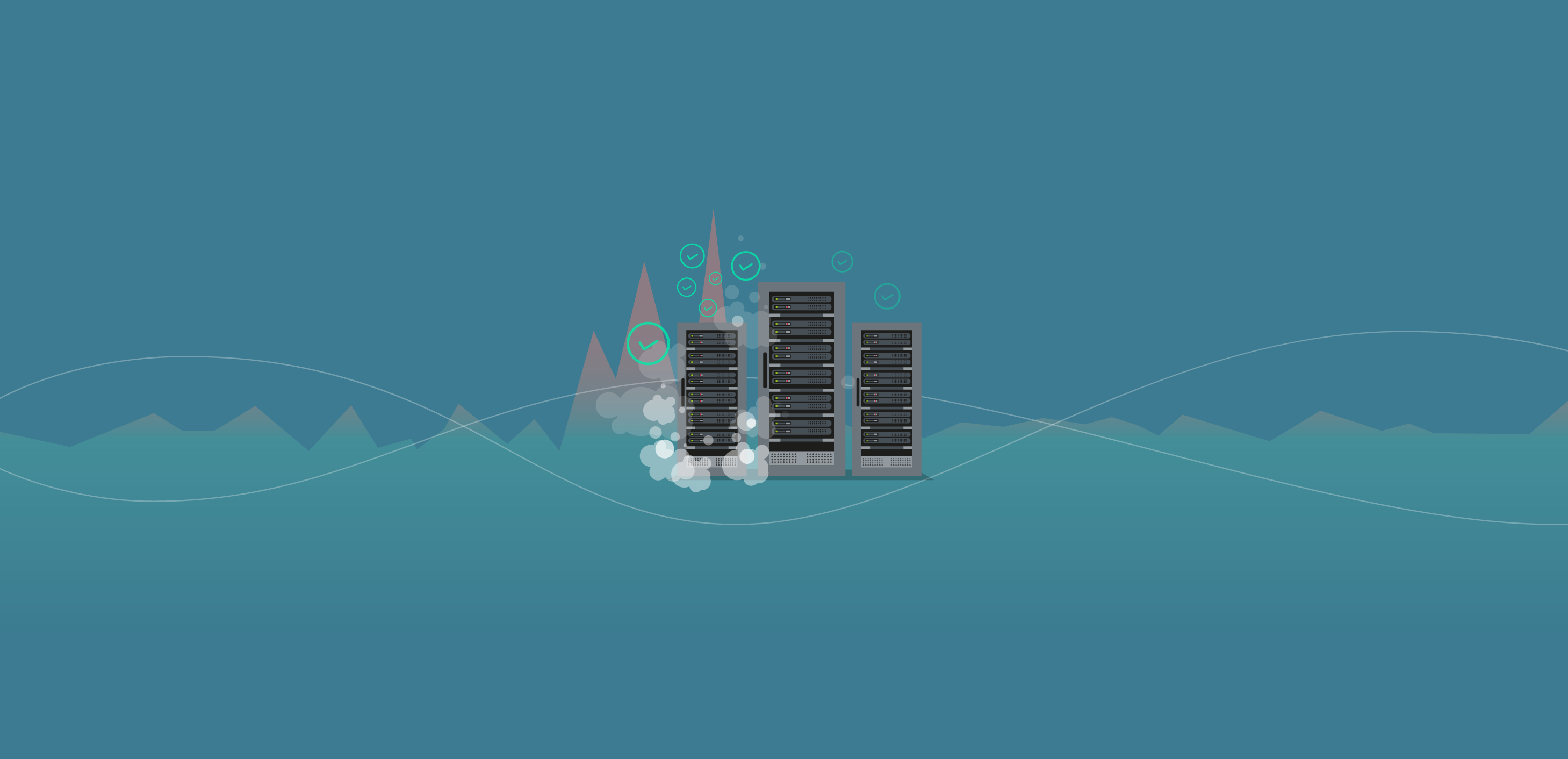
Historically, cloud-based database monitoring solutions have been viewed with a high level of suspicion. In an age when security breaches are becoming more frequent and more severe, organizations were hesitant to fully embrace cloud solutions for storing and monitoring sensitive data.
Today, it is hard to imagine a world without cloud-based applications. As the cloud becomes more ubiquitous, we’ve discovered that, in reality, cloud-based applications tend to be more secure than their on-premises counterparts.
One of the main reasons data is so safe in the cloud is because it had to be in order to win over the doubters. No one would use cloud applications and services if the baseline security standard wasn’t higher and more stringent. Here are five ways your cloud-based database monitoring solution protects your data in the cloud.
1. Physical Security
On-premises data storage and monitoring solutions are vulnerable not only to cyberattacks but also to natural disasters, fires, power outages, and bad actors. Most organizations don’t have the capability to protect their physical hardware, software, and peripherals from all of those types of threats.
Cloud data centers, however, spare no expense in providing state-of-the-art security features to protect your data, including armed guards, man traps, and locked cages for the servers. Even if someone finds a way to circumvent security, the enormity of these data centers makes it almost impossible to walk in and target a specific company’s databases.
But not all data security threats are man-made. Another security benefit of housing your data monitoring in the cloud is that data centers like those used by AWS and Microsoft Azure are geo-independent, so they failover to a different data center in response to a natural disaster, fire, or other catastrophic event.
2. Multi-Factor Authentication
Fun fact: In 2019, 81 percent of hacking-related data breaches were made possible because of a password problem.
Most people know by now that the username/password combo alone isn’t going to cut it these days, so most cloud services providers have moved to the far-more-secure multi-factor authentication method of allowing access to cloud applications.
Multi-factor authentication requires users to prove who they are before they can access the database monitoring tool. It also employs an additional layer of security by using data analytics to determine whether a user needs to provide extra proof that they are an authorized user of the application.
While multi-factor authentication beefs up security for your data, it also simplifies user management because the same authentication can normally be used across an organization’s services and applications, both in the cloud and on-premises.
3. Security Certificates
SSL certificates are crucial to keeping your database monitoring solution safe in the cloud. SSL establishes an encrypted link to ensure that data passing between a web server and a browser is secure and not visible to attackers.
SSL certificates provide three important security features:
- Data encryption: ensures only the recipient can decipher the data
- Data integrity: ensures data is not corrupted
- Data authentication: requires proof of identity to access secured data
4. Automation
Automation is a powerful tool in the fight for data security, which is yet another benefit of running your database monitoring from the cloud. Automating repetitive processes reduces the chance of human error, a common source of data breaches.
Automation also keeps your system current on scheduled maintenance, security patching, and updates, so you don’t fall behind and leave your databases vulnerable to attack.
Virtualized servers also provide additional security because they failover automatically in the event of an outage, so you don’t lose data and your users don’t have the frustration of downtime.
5. Patch Management and Auto Upgrades
Patching and updates are key to preventing cyberattacks and data breaches. Unfortunately, most companies fall behind in patching and upgrading due to their limited resources.
There are very few individual companies that can afford to provide the same caliber of patch management that large cloud providers like Amazon and Microsoft provide.
Enterprise cloud providers have full-time teams dedicated to scouring the entire infrastructure for vulnerabilities 24/7/365. These teams apply patches as soon as they find a problem, which means not only is your data safe, but you also don’t have to contend with scheduled downtime making your database unavailable for however long it takes to install the latest patch. Every time you log in to your cloud-based monitoring tool, you are greeted by the latest fully patched version.
At this point, the myths concerning the security of database monitoring in the cloud have largely been debunked. Organizations of every size are benefiting from around-the-clock patching teams, high-tech-security data centers, SSL encryption, and multi-factor user authentication when they take advantage of cloud-powered database monitoring solutions.









